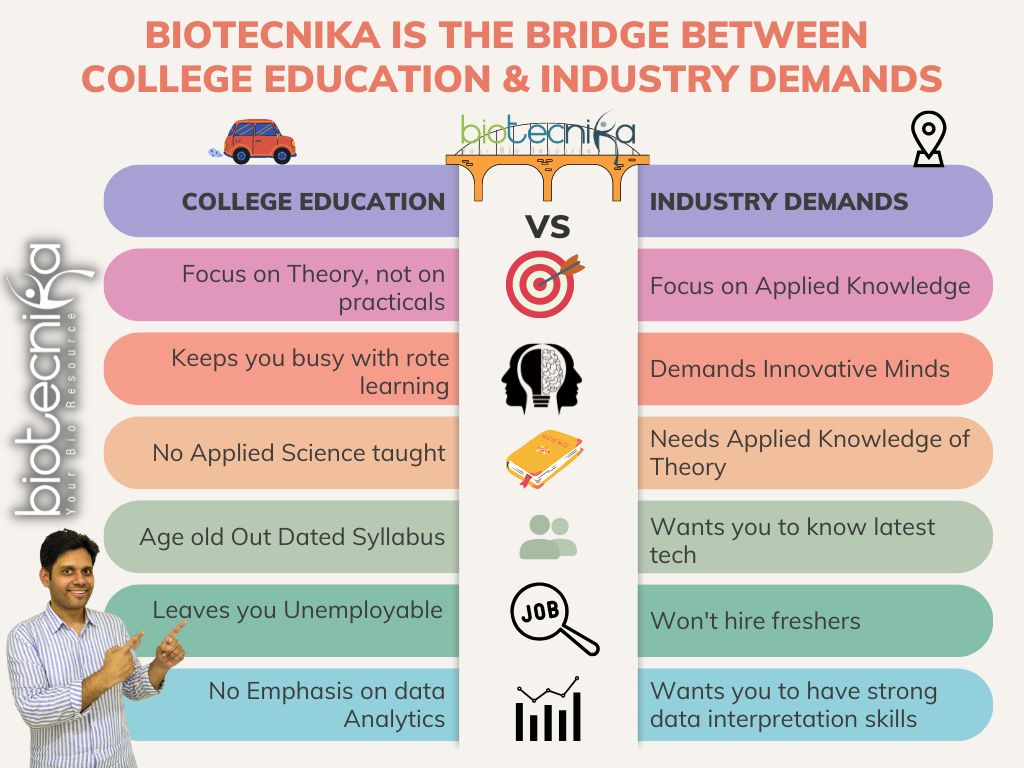A Biased View of Bioinformatics Tutor
A Biased View of Bioinformatics Tutor
Blog Article
Everything about Bioinformatics Tutor
Table of ContentsThe Ultimate Guide To Bioinformatics TutorLittle Known Facts About Bioinformatics Tutor.Bioinformatics Tutor - TruthsBioinformatics Tutor Fundamentals ExplainedThe smart Trick of Bioinformatics Tutor That Nobody is Talking About
Of the total individuals entailed in the training, 80% were trainees from public college institutions, while the remaining 20% originated from personal establishments. To get a certification of participation, trainees were needed to go to at least 90% of the complete training hours. As an outcome of this demand, an excellent 95% of the participants effectively gotten their certifications, having not just satisfied the minimum participation criteria however additionally completed all appointed activities throughout the training.
Throughout the height of the COVID-19 pandemic, especially between June and August 2020, the project team was charged with organizing specialized training in bioinformatics. This training was especially focused on students from the research study team Center for Study in Applied Computing at the Federal College of Pará (UFRA) The adaptation to remote discovering systems as a result of the pandemic produced a possibility to check out brand-new teaching methods and electronic tools that improved both reach and effectiveness.
This course was created to offer an easily accessible yet detailed summary of Artificial Intelligence methods, especially as applied in bioinformatics (Bioinformatics Tutor). This online format enabled participation from pupils throughout Brazil, many of whom could not have had the opportunity to go to in-person sessions.
The Main Principles Of Bioinformatics Tutor
About 50% of the total training hours were dedicated to functional tasks where students built intelligent designs and applications in a variety of clinical domains, consisting of genes, molecular biology, and environmental information evaluation. These systems made it possible for trainees to involve in real-time information manipulation, model training, and formula experimentation.
The program brought in 80 individuals in overall. Sixty of them were affiliated with various college institutions in the state of Pará, while the staying twenty came from organizations found in five other Brazilian states. This broad geographical depiction highlighted the nationwide interest in bioinformatics and the expanding need for specialized abilities in this location. By introducing Artificial Intelligence in a useful and relevant context, the effort served to bridge the gap in between theory and real-world application, giving pupils with a strong structure for future research study or employment in the field.
The training effort formed component of a broader academic outreach effort called the Bioinformatics when traveling task. This job has, browse around these guys throughout the years, click now introduced loads of trainees to the world of bioinformatics and computational biology. The occasions held under this umbrella effort have taken place across numerous regions and years, as summed up in Table 1 (Listing of events, areas, years, and overall varieties of trainees and instructors)
Several of these teams, initially brought together by their involvement in training occasions, have because gone on to generate independent clinical research in collaboration with regional academic organizations. The training not just fostered scientific reasoning within the context of bioinformatics yet likewise triggered joint relationships that extended past the training environment.
The Facts About Bioinformatics Tutor Revealed
The very same team, excluding IH and RR, additionally acted as tutors for the practical training modules. Financing for the task was provided via the give 88887.200562/ 2018-00 from CAPES.
The Federal University of Pará's Workplace of Study (PROPESP/UFPA) likewise gave economic support, especially for the production of the final manuscript. The writers declare no monetary or business conflicts of interest that could have influenced the research. In addition, all viewpoints and analyses expressed in this short article are exclusively those of the writers and do not necessarily show those of their corresponding organizations, the publisher, editors, or reviewers associated with the publication procedure.

Examine This Report about Bioinformatics Tutor
From a pedagogical perspective, the training strategy utilized in the training was purposefully interactive. Classes were conducted in a fashion that encouraged pupil participation and discussion, going beyond memorizing memorization to check out just how ideas are developed, applied in life, and tested in scholastic settings. The educational ideology concentrated on supporting both solid and having a hard time pupils, providing customized assistance, and building confidence with sustained mentorship and persistence.

Each team, containing approximately 36 participants, was sustained by three coaches-- a lot of whom were postdoctoral scientists with specialized know-how. These coaches not just assisted design the team projects yet likewise promoted their execution, making sure that each research inquiry was both appropriately difficult and pertinent. The goal was to give a biologically reasonable context that individuals can discover with open-ended purposes and accessibility to curated datasets.
For extra understandings into the technique and end results of this project-based learning technique, readers are guided to S1 Text, that includes in-depth summaries of the instructional framework, examination approaches, and project themes utilized in the training sessions.
An Unbiased View of Bioinformatics Tutor
Of the overall individuals entailed in the training, 80% were pupils from public higher education institutions, while the staying 20% came from personal establishments. To certify for a certification of participation, trainees were needed to participate in at the very least 90% of about his the total training hours. Significantly, beyond the trainees who signed up in the training sessions, seven seasoned teachers got involved in supplying the programs, while 3 committed study teachers collaborated the total training procedure. Around 50% of the overall training hours were devoted to useful tasks where trainees developed intelligent models and applications in an array of clinical domain names, consisting of genetics, molecular biology, and environmental data analysis. The training not just cultivated clinical thinking within the context of bioinformatics but also triggered joint partnerships that prolonged beyond the training atmosphere.
Report this page